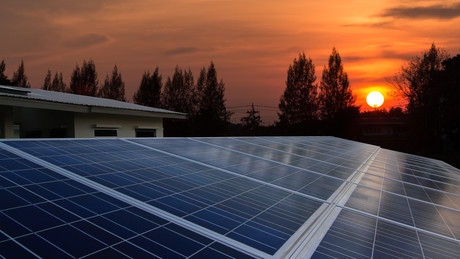Draft solar feed-in tariff benchmarks released for NSW

The Independent Pricing and Regulatory Tribunal (IPART) is proposing a benchmark all-day solar feed-in tariff of 7.5 c/kWh for 2018–19.
Releasing the draft benchmark for comment, IPART Chair Dr Peter Boxall said the all-day benchmark is around 40% lower than the current all-day benchmark of 12.8 c, consistent with expected falls in the average wholesale cost of energy.
IPART is also proposing time-varying feed-in benchmark ranges that reflect the value of solar exports at different times of the day as follows:
- 6.9 to 7.2 c/kWh between 6.30 am and 3.30 pm (when 90.8% of solar exports occur).
- 8.9 to 11.7 c/kWh between 3.30 and 4.30 pm (when 5.8% of solar exports occur).
- 11.3 to 13.3 c/kWh between 4.30 and 5.30 pm (when 2.6% of solar exports occur).
- 12.8 to 20.9 c/kWh between 5.30 and 6.30 pm (when less than 1% of solar exports occur).
- 8.7 to 9.6 c/kWh between 6.30 and 7.30 pm (when virtually no solar exports currently occur).
- 8.4 to 8.5 c/kWh between 7.30 and 8.30 pm (when virtually no solar exports currently occur).
Dr Boxall said the value of solar exports is highest between 5.30 and 6.30 pm.
“While solar customers have a limited ability to respond to high feed-in tariffs in the late afternoon, they provide a price signal to customers with batteries, or considering purchasing batteries, about when they should export their energy to the grid,” Dr Boxall said.
“This signal will become more important over time as battery prices fall and their uptake increases.”
IPART’s benchmarks are based on the price that retailers would pay for this electricity if solar exports were sold into the wholesale spot market in the same way as electricity produced by other generators.
“If retailers were required to pay more for solar exports than they pay for wholesale electricity on the NEM, retail prices for all customers would need to be higher to recover the difference,” Dr Boxall said.
“The result would be higher electricity prices for all households, including those that are unable to install solar panels, such as renters and households who cannot afford the upfront costs.
“The bills for households with solar panels are already hundreds of dollars lower than households without solar, because by generating electricity themselves they can avoid buying some of this electricity from their retailer.”
Stakeholders are invited to provide their feedback to the draft recommendations at IPART’s Public Hearing, to be held at the IPART Offices on 15 May at 10 am. Submissions on the proposed benchmarks are being accepted until 4 June.
IPART will provide its final report to the NSW Government by 30 June 2018.
Aust solar farms to deploy Canadian anti-hail tech
Australian energy retailer Flow Power is teaming up with Canadian Solar to deploy the...
Praise for Senate committee report into electrification
Rewiring Australia has welcomed a report into residential electrification carried out by a...
Endeavour Energy launches new community battery program
76 new batteries will be delivered across the Illawarra, South Coast, Greater Western Sydney,...




